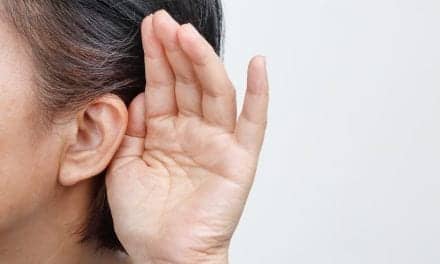Statement for World Hearing Day, March 3, from NIDCD Director Debara L. Tucci
Approximately 466 million children and adults worldwide have disabling hearing loss, according to the World Health Organization (WHO). Unaddressed hearing loss costs an estimated US$750 billion annually worldwide and potentially interferes greatly with an individual’s physical, behavioral, and social functioning. Deafness and hearing loss affect people of all ages and in all segments of the population, including millions who live in countries with sparse resources and strategies to address ear and hearing problems.
The good news is that experts and organizations around the world are turning their attention toward making hearing health care a global priority. As part of World Hearing Day, I’d like to share with you some of these important international efforts, including several in which the National Institute on Deafness and Other Communication Disorders (NIDCD), part of the National Institutes of Health (NIH), participates.
Every year on March 3, WHO, the health agency of the United Nations, engages organizations in World Hearing Day public awareness activities. This year’s theme, “Hearing for life: Don’t let hearing loss limit you,” highlights the importance of hearing loss prevention and timely and effective interventions for those who are deaf or hard-of-hearing.
The NIDCD is dedicated to supporting research and initiatives to prevent, detect, and treat hearing loss in the United States and beyond. We collaborate with other agencies and with researchers to encourage more effective and accessible hearing health services for babies, children, and adults. We also offer evidence-based information for the public on hearing screening and hearing loss (see our fact sheets on Your Baby’s Hearing Screening, Noise-Induced Hearing Loss, and Age-Related Hearing Loss).
A major catalyst for the increased interest in global hearing health care was the World Health Assembly (WHA) resolution on the prevention of deafness and hearing loss, issued in May 2017. The WHA is the governing body of WHO. To facilitate implementation of the resolution, WHO established the World Hearing Forum, a global network of stakeholders, in 2018. The NIDCD is one of 138 agencies and organizations that comprise the forum.
The WHA resolution calls for WHO to publish the first World Report on Hearing. This report will highlight evidence-based best practices and priorities for ear and hearing health care, and will reflect a variety of cultural contexts and approaches. The report is scheduled for release this May.
Finally, a complementary initiative, the Lancet Commission on Global Hearing Loss, has been underway for a year now. As one of the co-chairs of this important effort, I am confident that the commission’s work will extend the drive to reduce the immense burden of hearing loss worldwide. We will do so by seeking innovative solutions focused on prevention, policy, technology, and protection, and on how these themes interact. We will share our findings in spring 2021.
These efforts provide a collective voice from experts—across disciplines and in dozens of countries—to paint a robust global picture of the state of the science and clinical practice in ear and hearing health care. The forthcoming results and recommendations will help guide efforts to improve communication for millions of people around the world through advancements in practice, research, and policy at local, national, and international levels. As the director of the lead US agency promoting the nation’s hearing health care, I am proud that the NIDCD is a part of this important movement.
About the National Institute on Deafness and Other Communication Disorders (NIDCD): The NIDCD supports and conducts research and research training on the normal and disordered processes of hearing, balance, taste, smell, voice, speech, and language and provides health information, based upon scientific discovery, to the public.
About the National Institutes of Health (NIH): NIH, the nation’s medical research agency, includes 27 institutes and centers and is a component of the US Department of Health and Human Services. NIH is the primary federal agency conducting and supporting basic, clinical, and translational medical research, and is investigating the causes, treatments, and cures for both common and rare diseases.
Source: NIDCD
Image: NIDCD




-220x264.gif)
